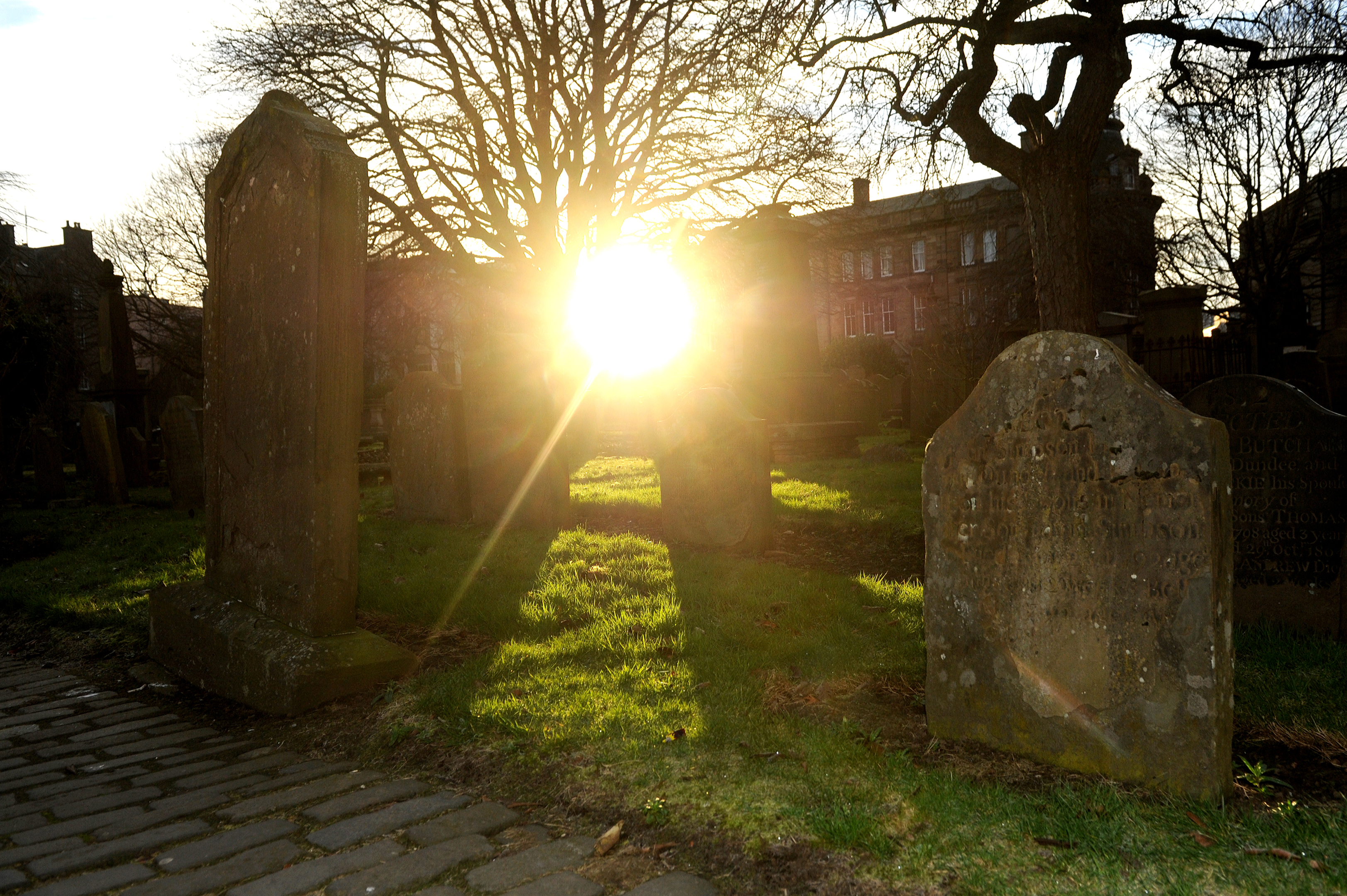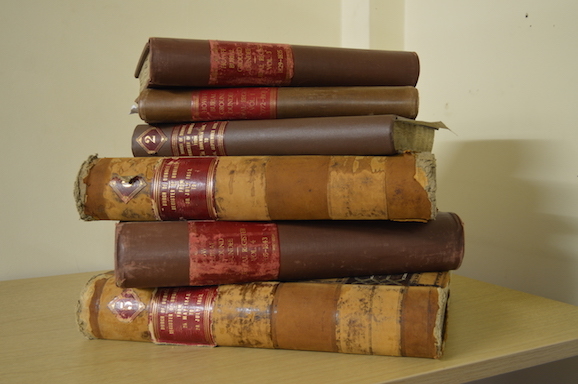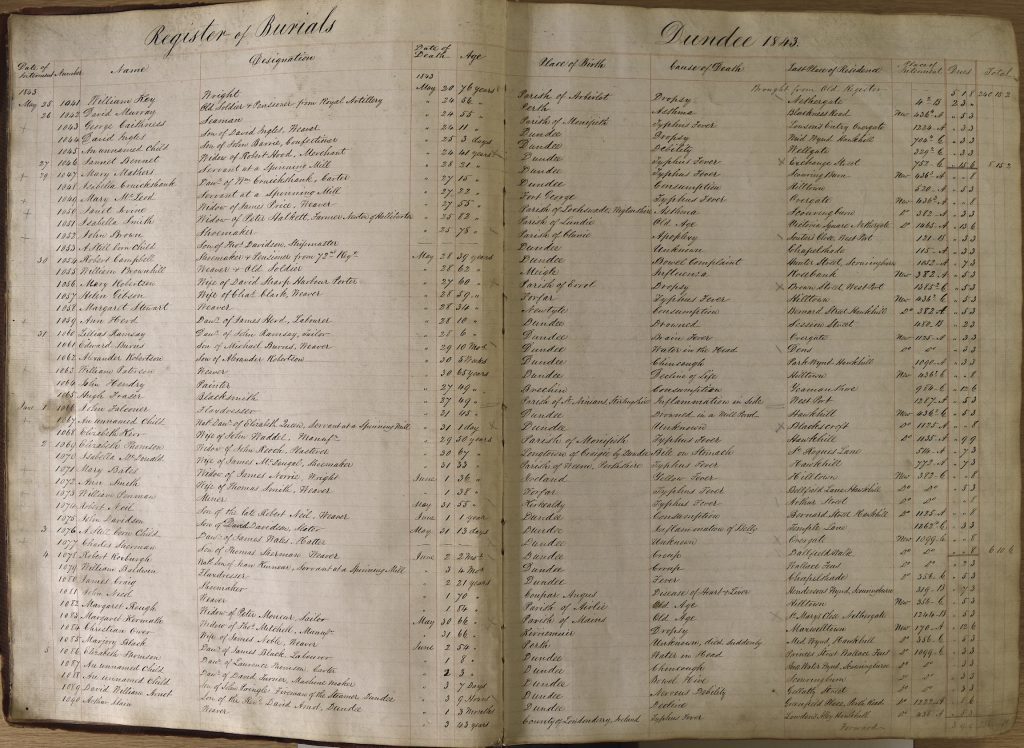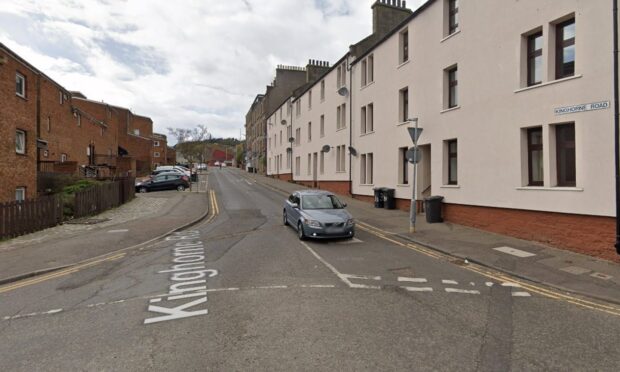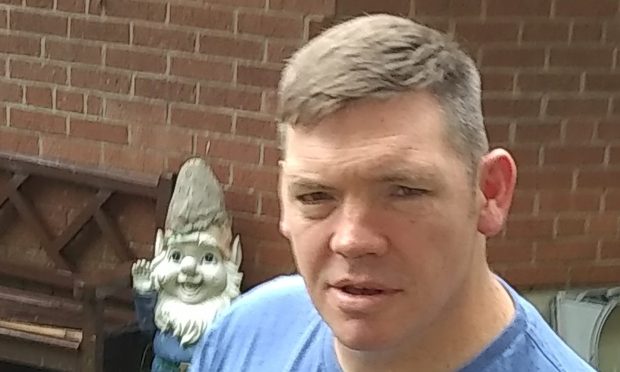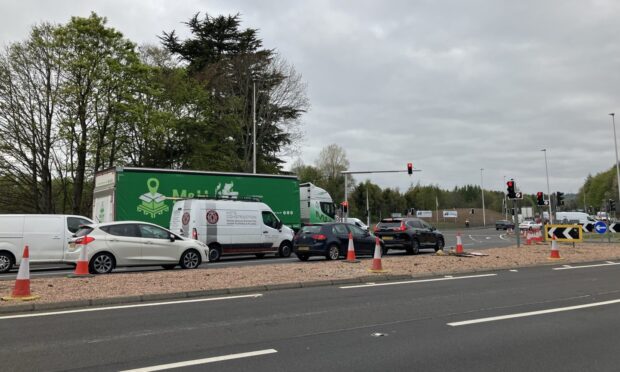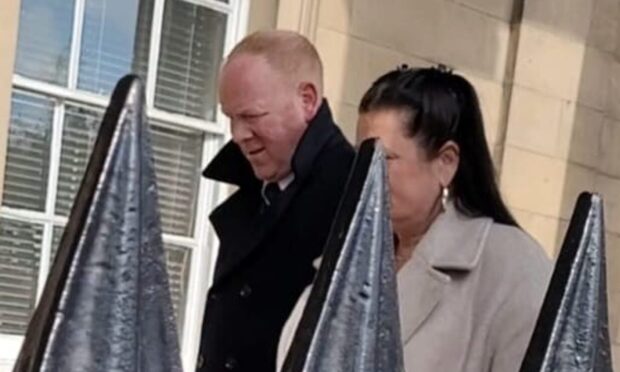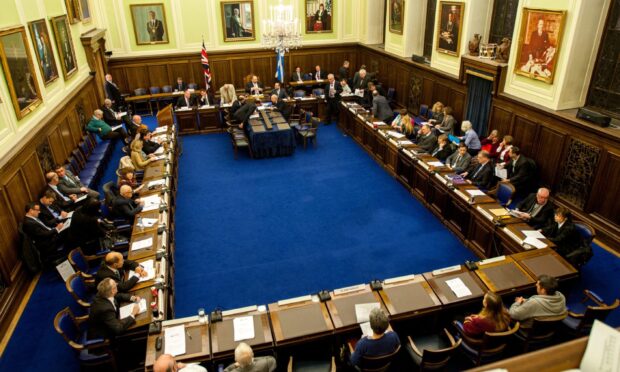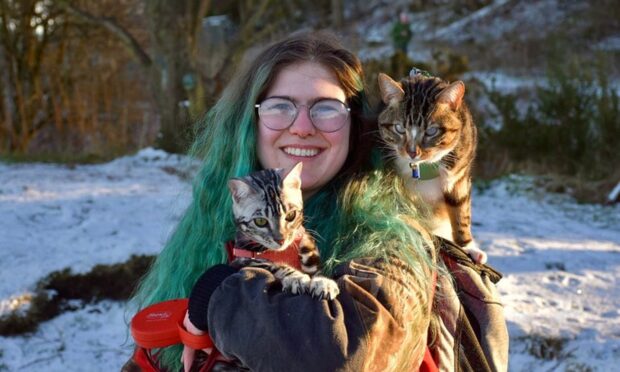An army of volunteers from as far afield as New Zealand and Canada will help create a digital record of all burials in Dundee’s historic Howff.
The massive project will involve people transcribing the details kept in seven bound records dating back to 1772 to create a single, easily accessible database.
Previously, details from the records had been kept on a card system but it was discovered important details such as lair numbers were not included in this record.
Simon Goulding, chairman of the Dundee Howff Conservation Group said: “Approximately 18 months ago the then chief archivist, Iain Flett, from Dundee City Archives asked if the Dundee Howff Conservation Group could check the Howff burial record card index system that was compiled in the early 1980s by a group of volunteers.
“This card system had previously been used by the Friends of Dundee City Archives to compile a database of burials in the Howff, New Howff and some in the Logie Cemetery.
“The group did some initial research and it appeared that the card system missed important information regarding burials such as lair numbers, costings, depths of burials and type of coffin used.
“The missing information would be very important for research purposes therefore a decision was made to transcribe the burial books for a second time.”
Mr Goulding said the books contain a wealth of information but that official records only began in 1772, more than two centuries after The Howff opened in 1564.
He said: “The books vary in the amount of detail that they contain. The first book that starts in Jan 1772 shows the date of death, name of person buried, date of burial and sometimes it shows who the person was related to or their employment.
“Over the years more information is added to the books and in some we see where the deceased was born, their employment, their relative, where they last lived, cause of death, depth of grave, type of coffin, who ordered the burial and which cemetery they were buried in.
“The handwriting in the books also varies with most entries being legible but a small number are much harder to understand.”
The vast amount of detail meant it would be impractical for the group to begin the laborious task of inputting the data themselves.
He said: “It was decided that transcribing the records in the city archives would be impractical therefore over 5,000 digital images were taken of the nine books and this would allow volunteers to work from home and a small few would work from archives themselves.
“Due to the amount of work required to transcribe the books onto a spreadsheet it was decided that we would need an army of volunteers to help so in December 2016 we emailed our group members and also posted a request for help on our Facebook site.
“We have been surprised by the response and to date we have nearly 70 volunteers. Locations of these people also vary and we have individuals that are local to the area, from Stirling, Glasgow, Wakefield and as far as Ireland, Canada, New Zealand and Australia.”
The Howff closed to interments in November 1860. There have only been three burials in the cemetery since then — in 1862, 1866 and 1878, and each one required the permission of the Home Secretary.
The Dundee Howff Conservation Group will begin sending out images to its volunteers at the end of the month.
They will then be checked and compiled into a master document that will be free to use.
Mr Goulding said he expects the project to take around 18 months to complete.
Anyone who wishes to help should email burialrecords@dundeehowff.org.uk
